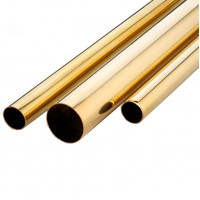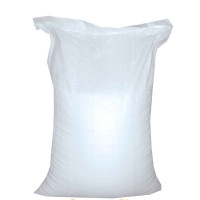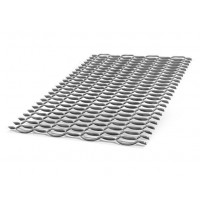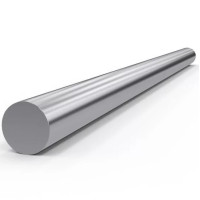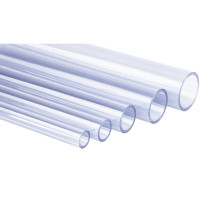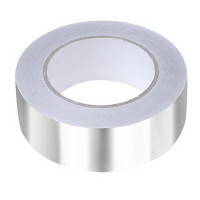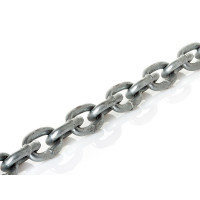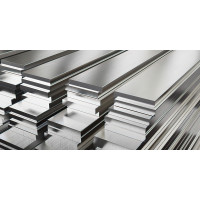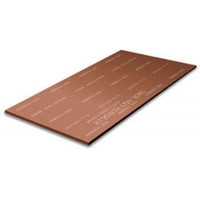Matviyiv (Pavlograd) cast iron SCh20, HF bushing, circle Ф20-500 mm, production to order, delivery
Cast iron is widely used for the manufacture of household and industrial items. The material is highly resistant to damage, significant density. To change the chemical and physical properties, various metals are added to cast iron. They allow to increase its elasticity, to strengthen resistance to corrosion. Various metal products are produced from cast iron.
Varieties of cast iron circles
A cast iron circle is a bar whose cross section is a circle. Products are used in the construction and industrial sectors. They differ in properties that largely depend on impurities in the base metal. Produced by casting. For the manufacture of elements, various types of molded blanks are used.
Finished products are characterized by increased hardness. Bars can have a section diameter from 30 to 310 mm. Classification of products is carried out according to their characteristics, properties and distinctive features. There are the following types of cast iron circles:
- anti-friction ASF (produced in accordance with GOST 1585-85);
It has a low coefficient of friction. It can withstand constant impact in mechanical units, where rotation of elements is required, without damage or design changes. The achievement of properties is ensured by the inclusion of nodular or lamellar graphite. Able to withstand pressure of the order of 0.5-30 MPa.
- MF (manufactured according to GOST 1412-85);
Lamellar, flaky or fibrous graphite is used as additives to cast iron for the production of this type of product. Cast iron circles СЧ20, which are used in various industries, are considered to be the most demanded. In a wide range of sizes and grades, cast iron circles are presented in the Uralprokat company. The presented products are distinguished by the ability to absorb vibrations, have a low coefficient of friction.
- high-strength RF (GOST - 7293-85);
Has inclusions of nodular graphite. It has a high density, metal products are distinguished by a solid structure.
- with vermicular graphite CV (GOST - 28394-89);
Differ in the increased durability and good thermal conductivity. They are able to withstand high pressure, so they are often used in the manufacture of transport engines. They are resistant to high temperatures, tolerate friction well.
- malleable CC (produced in accordance with GOST - 1215-79);
For a long time, it retains its original shape. It has a high density, endures shock and vibration effects.
Distinguish cast-iron circles and special qualities. Such types belong to the category of alloyed and are manufactured in accordance with GOST GOST 7769-82. For example, heat-resistant wheels do not deform when exposed to high temperatures. They retain integrity and strength, do not change the degree of elasticity. Similar cold-resistant models are optimal for operation at very low temperatures. Exposure to zero or sub-zero temperatures does not damage the metal or reduce its qualities and chemical and physical properties.
Where are cast iron wheels used?
The products are most widely used in the production of instruments and machine tools. The friction resistance of the rods minimizes the wear of important parts of the mechanisms, eliminates their rapid breakdown or the need for premature repairs. Equally important were cast iron circles in the field of mechanical engineering and shipbuilding. The quality of their internal mechanisms largely depends on the ability of the metals used to dampen vibrations. Cast iron from such influences does not begin to collapse, "crumble". Differs in long service life of knots.
Many household and industrial tools use cast iron rods to make moving parts. The use of special grades (heat-resistant, wear-resistant) guarantees the safety of the product and its high-quality service. Certain types of cast iron circles (for example, corrosion-resistant) are used in mechanisms that periodically come into contact with water. The elimination of problems with the appearance of rust and corrosion of the assembly contributes to its reliable operation.
Cast iron wheel MF is an alloy of iron with carbon, in which graphite is present in the form of flaky, lamellar or fibrous inclusions. Wheels made of cast iron have low sensitivity to the influence of external stress concentrators under cyclic loads, a high absorption coefficient of vibrations during vibrations of parts (2-4 times higher than that of steel), high anti-friction properties (the presence of graphite improves lubrication conditions during friction).
Sv - temporary tensile strength;
R - density;
E - linear shrinkage;
Е×10-2 - tensile modulus;
G - specific heat at a temperature of 20 to 200°C;
A - Coefficient of linear expansion at temperatures from 20 to 200°C;
L - thermal conductivity at 20°C.
Pig-iron circle VCh - has graphite inclusions of spherical shape. Graphite of this form has a smaller ratio of its surface to volume, which determines the greatest continuity of the metaloh the foundations, and from this, and the strength of cast iron. An increase in the strength and flexibility of cast iron is achieved by special modifiers that provide globular ( spheroidal) graphite instead of lamellar
Circle cast iron AChS - has a pearlite or ferrite-pearlite base without structurally free cementite. The presence of lamellar or nodular graphite in the structure provides antifriction properties. It is used in friction units with lubrication. Friction coefficient 0.001 0.1 (without lubrication 0.12 0.8).
Cast iron bushings are produced at the AVALDA plant from grade L cast iron using special modifiers that give additional qualities: strength, elasticity, hardness, wear resistance, heat resistance. Cast iron bushings are used in mechanical engineering: shafts, cylinders, turbines, pulleys, pistons, engine blocks, couplings, sprockets and other products according to drawings.
The main method for the manufacture of cast iron bushings is casting into molds based on cold-hardening mixtures (CTS). Thanks to it, high quality bushings are achieved with minimal machining allowances and without gas defects and blockages in the workpiece. In our factory, the minimum diameter is 30mm, and the maximum diameter is 1000mm, the wall thickness is preferably not less than 1 centimeter, the length is not more than 1 meter.
Casting in XTS is a method of manufacturing bushings using various sand, artificial resin is used as a binder. To harden the tooling, blowing with gas catalysts - amines (organic compounds that are derivatives of ammonia, in the molecule of which one, two or three hydrogen atoms are replaced by hydrocarbon radicals) is used. The exact dosage of the amine evaporated in the heating device and the purge of the sleeve with a cast-iron vapor-gas mixture (amine vapor in the carrier gas) under a pressure of 0.03 - 0.30 MPa is carried out using a pneumatic evaporation apparatus. Then the bushing is blown with dried air in order to remove the spent amine by supplying the latter to the neutralizer. The chemical reaction of the amine increases with an increase in its concentration in the gas mixture (amine + inert carrier). When dry air is used as a carrier (moisture in any form is contraindicated in this process), the amine concentrate is limited to 1.5-2% to suppress accidental explosion. The shape of the sleeve is made of wood. Special software controls robotic machines that allow you to make pattern equipment from wood of any configuration. Model equipment is manufactured in accordance with GOST 3212-92.
Careful assembly that ensures precise mating of the mating surfaces and the absence of distortion.
Continuous lubrication that does not allow sparks or significant heating of the friction unit.
The increase in clearances compared to those established for bronze by 15 - 30%, in the presence of significant heating of the friction unit in operation - up to 50%.
Run-in at idle and gradual increase in workloads. Cast iron is used to make pipes and manhole covers, and is used in many industries. When buying it, pay attention to the manufacturer, they must have a license to sell such goods. This will allow you to avoid buying a low-quality product. It is resistant to rust, temperature changes, and is very durable. This scrap is easy to process - it is cut, drilled, and welded. When working with it, you should follow safety precautions - protect your hands with special gloves, and your eyes with safety glasses to avoid small particles getting into them. Cast iron is produced in pigs - ingots of the same shape. This metal is used to make circles by casting, from which various parts for mechanical engineering are made by further processing. Circles are produced in diameters from thirty to three hundred and ten millimeters. This metal has a low coefficient of friction, so it is always relevant for the manufacture of constantly rotating parts of various machines and units.
No questions about this product, be the first and ask your question.


